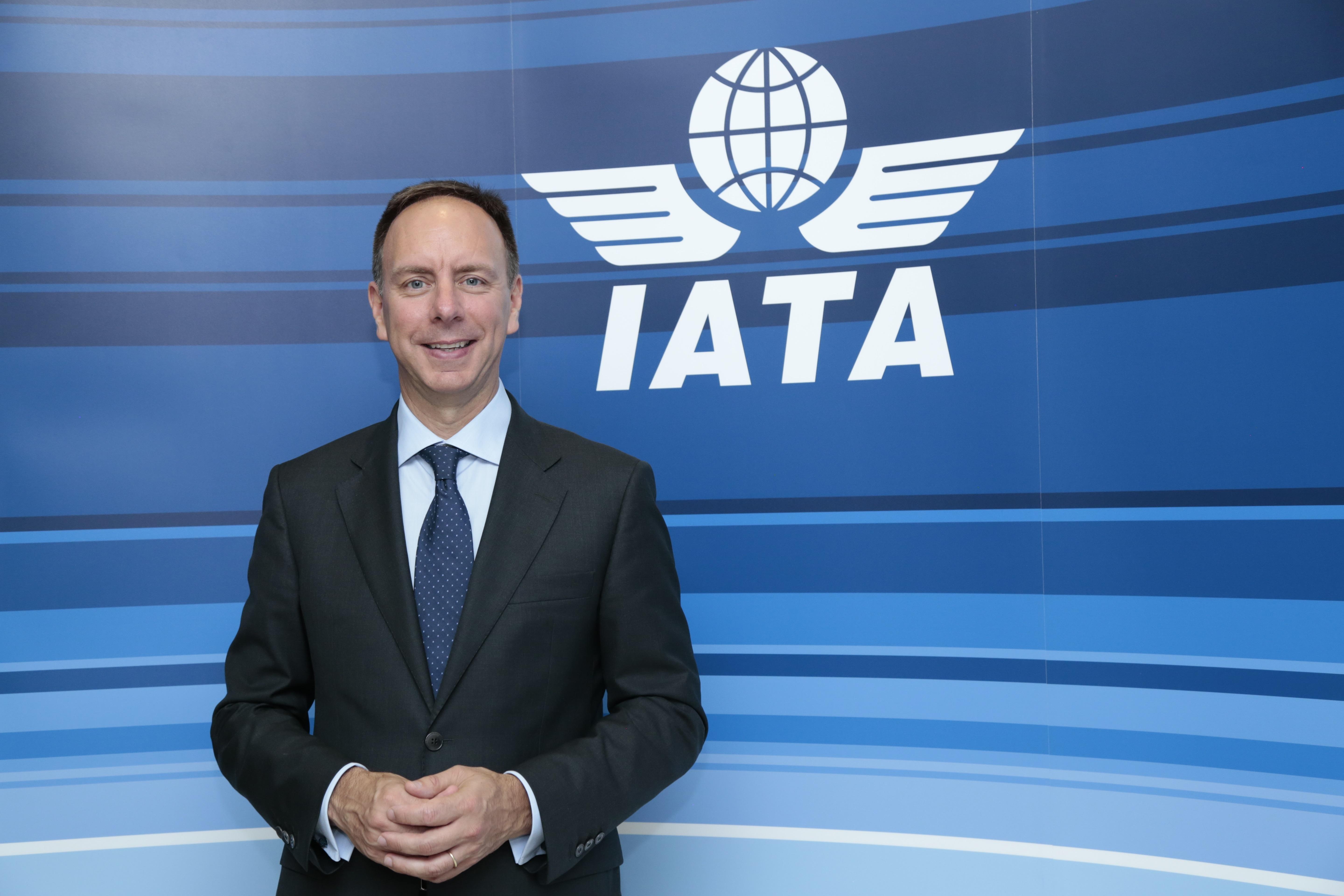
 Peter Cerdá is International Air Transport Association's regional vice president for the Americas. Hear more from him at Routes Americas 2018 where he will be participating in the State of the Americas region panel discussion, as well as moderating 'Returning Latin America’s powerhouses to growth'.
Peter Cerdá is International Air Transport Association's regional vice president for the Americas. Hear more from him at Routes Americas 2018 where he will be participating in the State of the Americas region panel discussion, as well as moderating 'Returning Latin America’s powerhouses to growth'.
With the North American market expected to grow 2.3 percent annually over the next two decades and Latin American markets to grow 4.2 percent, how is the region performing compared to other markets around the world? What do you think the future holds for the region?
Demand for air travel and passenger growth in Latin America is solid and we expect this strength to continue. More and more people are joining the middle class in the region, increasing the number of air travellers. Airlines have also made significant efforts to reduce ticket prices making the cost of air travel competitively priced in many markets with much slower forms of travel like bus travel.
However, with some exceptions such as Panama, many of the region’s governments are not taking seriously their role in ensuring aviation has room to grow and a regulatory environment that promotes the development of air travel and all of the benefits that come with robust air connectivity. In the Caribbean extremely high ticket taxes have made it nearly impossible for airlines to build the much needed intra-island connectivity the local economies need.
In other places infrastructure is a blocker. The airport in Lima, Peru is operating at capacity and airlines are not able to add the additional air service they’d like, something that if they were able to, would transform Lima into a major regional air hub. The region has world-class airlines, strong passenger demand and a geography that necessitates air travel on many routes- essentially all of the elements that drive passenger growth.
But it is up the governments of the region and how they treat aviation going forward. IATA stands ready to assist the authorities to ensure the unique economic and social benefits robust air connectivity generates are felt throughout the region.
Latin America has all the necessary elements to become an aviation success story, but are the region’s infrastructure constraints being addressed? Which countries are leading the way when it comes to aviation investment?
Panama is a prime example of what can be achieved when governments look at aviation as a tool for economic growth and enrichment for its people. The authorities work with the airlines as partners and the result is some of the best air connectivity in the region and air travel in the country is contributing significantly to the country’s economic well-being.
The result is that air transport supports a massive 14.8 percent of Panama’s GDP. Air transport adds $7.3bn to the country’s GDP and supports 260,000 jobs. Panama has done this in part by ensuring that airlines have the right regulatory environment, room to expand air service and a cost structure that facilitates efficient and cost-effective operations, allowing them to build hubs and add routes.
Are more governments seeing aviation as an economic enabler or is there still work to do?
We are optimistic about the outlook in Argentina. Argentina has all of the components to become a regional aviation powerhouse. To start, its geography is vast, making internal air links vital. And the country has tremendous tourism potential with vibrant cities and cultural attractions, beautiful national parks and a growing economy.
The government and Minister of Transport Dietrich fully understand the value aviation generates and are willing to work with the industry to address Argentina’s limitations and create the right environment for the growth of air transport.
Mexico’s decision to build a world-class international airport is also a reason for optimism. Mexico City has all of the elements needed to be a major air hub but it needs a larger and more modern airport for this to happen. The new airport is essential for the future of aviation in the country and IATA is working closely with the authorities to ensure it is the best facility possible.
Is there a growing appetite for airport privatisation in the Americas?
We have not observed an increase in the level of discussion around airport privatisation in the US, but it is being discussed at the ministerial level within Canada. We have not seen examples of successful privatisations around the world and in Latin America they have not generated successful business models. Airports should focus on enabling economic vibrancy in the communities they serve, a mission that experience has shown does not align well with privatisation.
With inbound traffic to the US being hit by additional security measures, how are Trump’s aviation policies affecting the market?
Data suggest that inbound traffic is being negatively impacted by the additional security measures involved with traveling to the US, while travel from the Middle East to the US continues to be affected by the now-lifted ban on personal electronic devices, as well as a wider impact stemming from the proposed travel restrictions to the US from certain countries.
More ultra-low-cost carriers are entering markets across the Americas. How will the influx of ULCCs disrupt the market?
Air transport is an extremely competitive business with some 600 major airlines worldwide. The expansion of ultra-low cost carriers in our view is positive as it means that there are more options for passengers in the region. It also is a sign that there is appetite to travel from a wide variety of travellers. With the demand for air travel growing and more and more people looking to airplanes as their preferred mode of transport we don’t see the emergence of ultra-low cost carriers as one model taking over another.
We believe these new carriers will complement the existing ones and again allow travellers to select the service that best suits them for their particular trip. This is what has happened around the world and we expect this to be the case in the region as well. It is also worth mentioning that the airlines in Latin America are already extremely efficient and have top-rate management teams guiding them.





